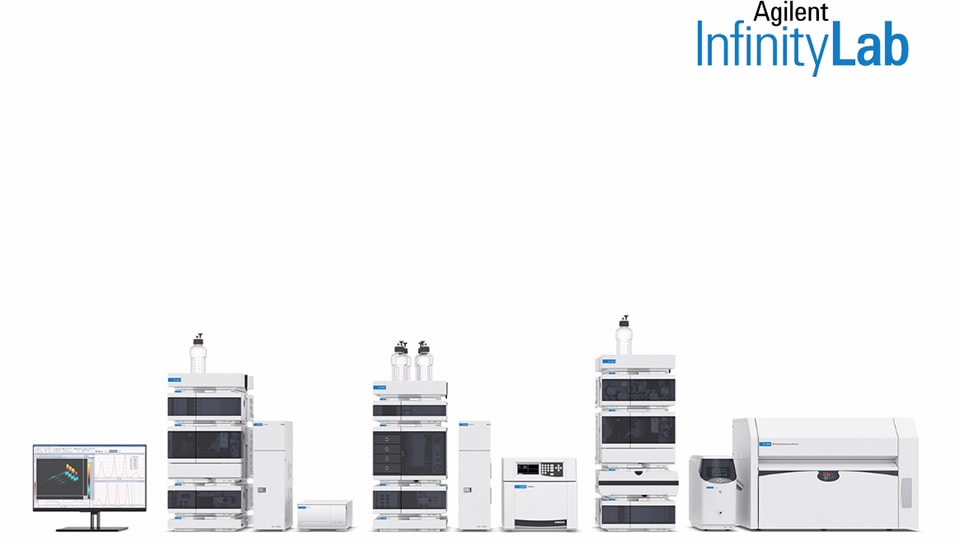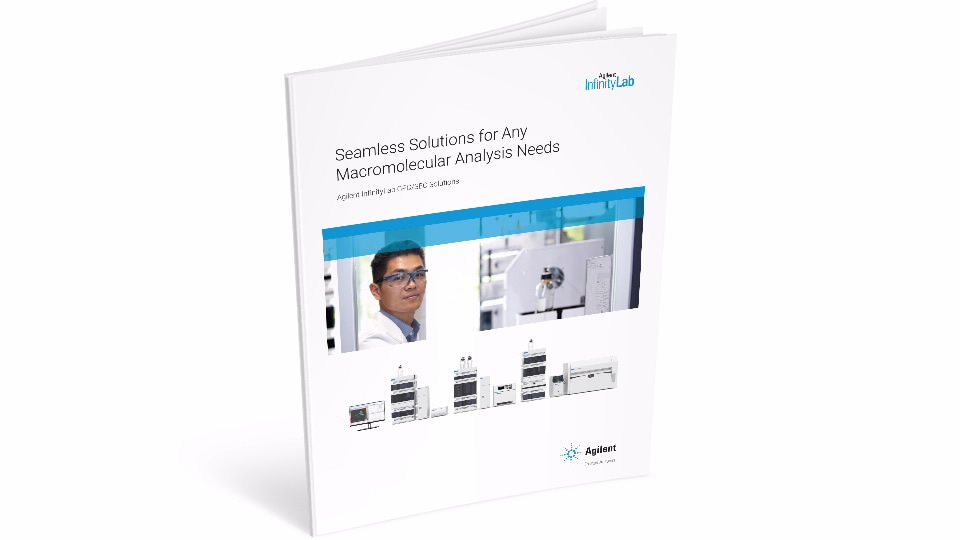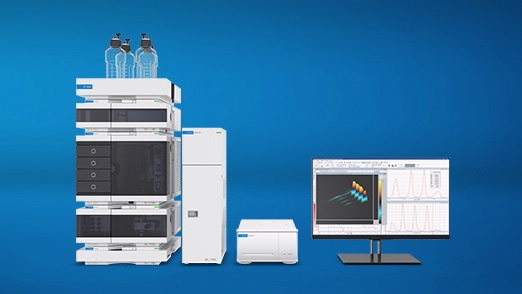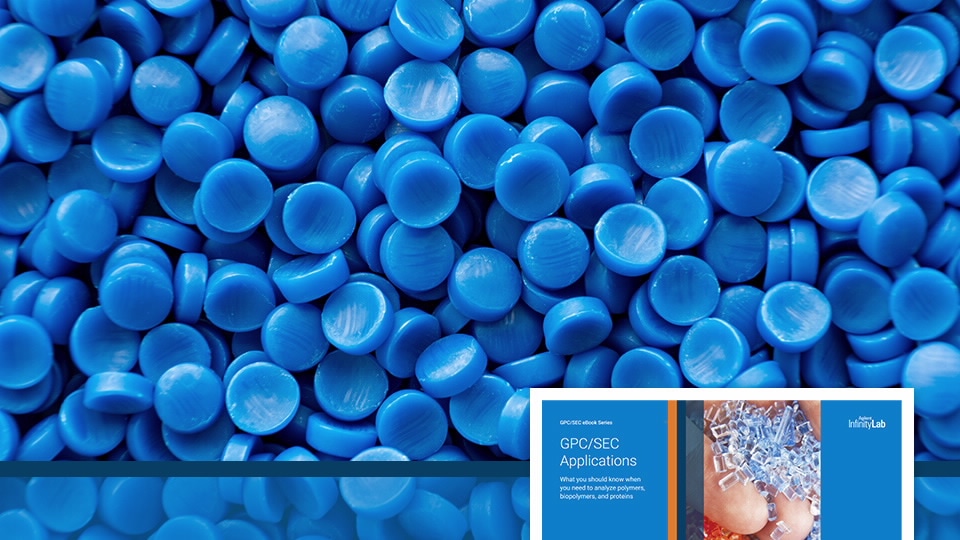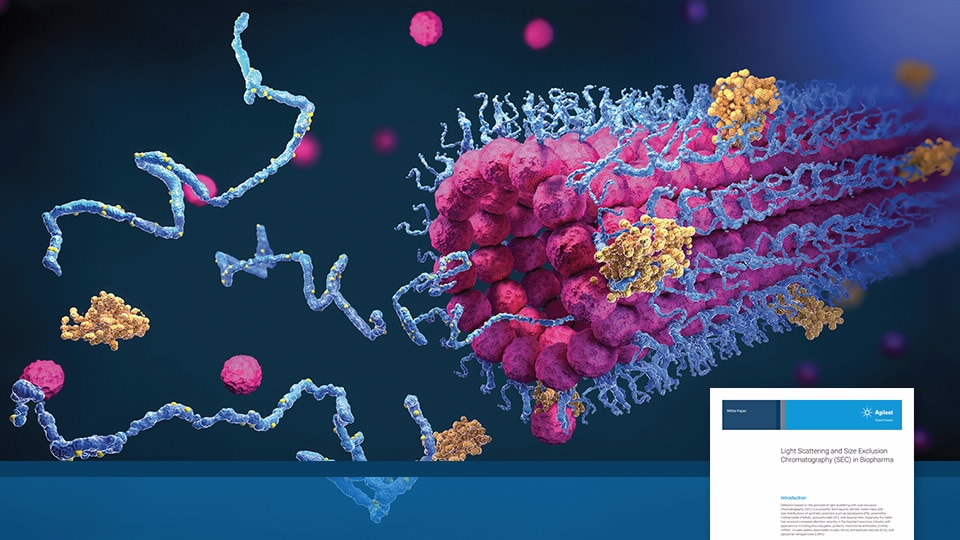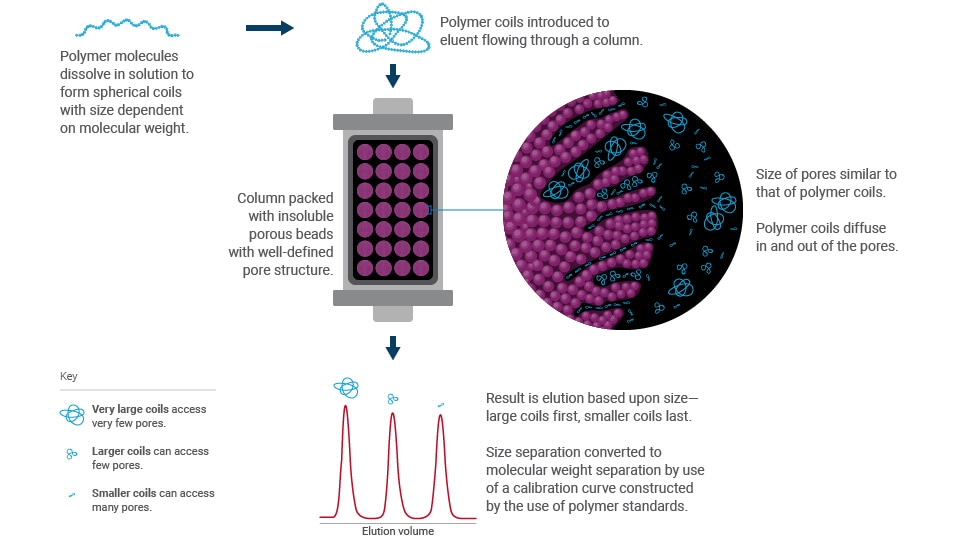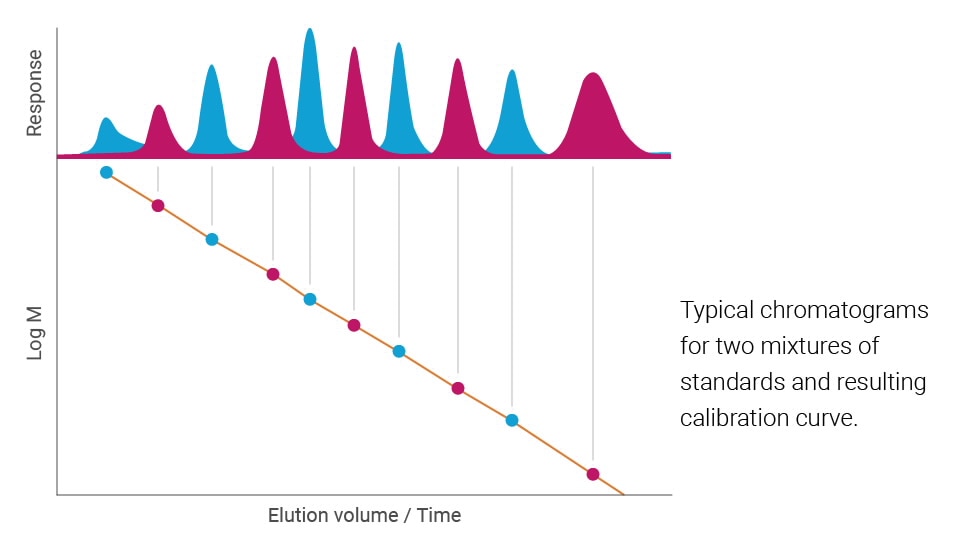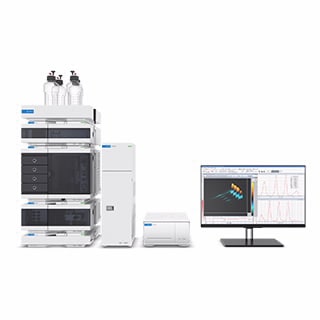Streamlined GPC/SEC Solutions Unlock Vast Potential for Your Macromolecular Analyses
With newly added Polymer Standards Services (PSS) products, Agilent now offers the largest single-vendor solution for all your GPC/SEC analyses, from ambient to high-temperature and aqueous to organic, generating accurate, reliable data for macromolecular characterization. Instruments, columns, standards, and software with proven compatibility enable the smoothest execution of GPC/SEC workflows. If challenges arise, Agilent also offers tailored expert services. The sky’s the limit with the largest portfolio for your largest molecules—Agilent InfinityLab GPC/SEC Solutions.

